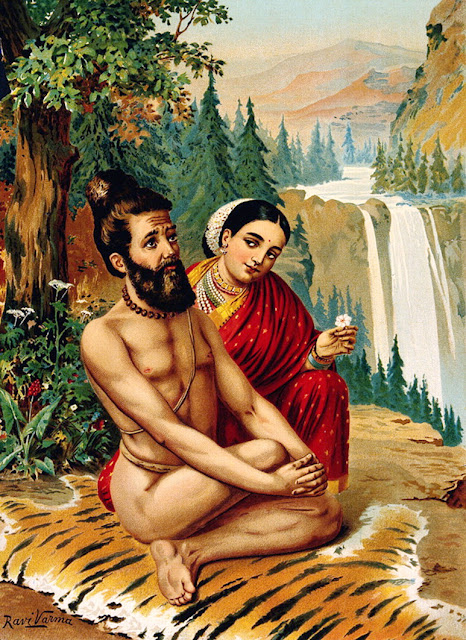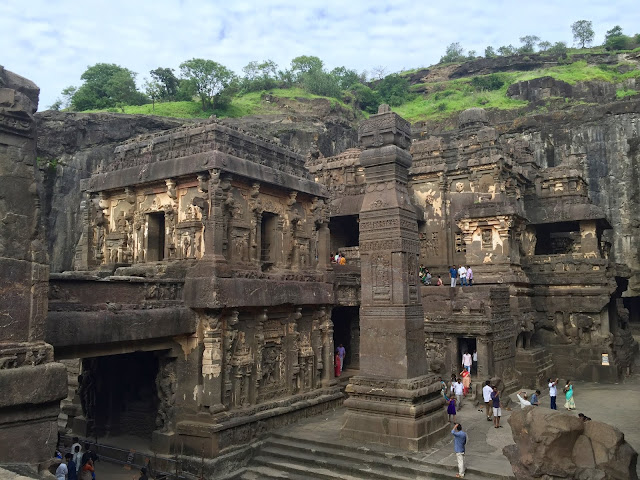One should go to see the Ancient India Caves -The Elephanta
Elephanta Caves
About 10 km east of the Gateway of India in the Mumbai Harbour and less than 2 km west of Jawaharlal Nehru Port we find ourself at a beautiful island named The Elephant or Gharapuri.We can get a ferry services from the Gateway of India to The Elephanta Caves.The Ferry starts 9am and 2pm everyday from Gateway of India except the Monday when Caves are closed.The nearest Airport and Railway Station in Mumbai.
The Length of the Island is almost two and half kilometer with two hils that rise a height of about 500 feet.a narrow deep valley separates the two hills. Greenary forest are so beautiful nearby the caves.There are five rock-cut caves in the western hill and a brick stupa on the eastern hill. One of the hills has two Buddhist mounds, and is called the Stupa hill. Close to the five western hill caves, ther are Cave 6 and 7 on the eastern hill. The famous and significant cave is on the western hill and is called cave 1 or the great cave.
The UNESCO declared The Elephanta island is a protected monument area. , A notification was issued by the Government of India in 1985 declaring a buffer zone that includes "a prohibited area" that stretches 1 kilometre from the shoreline.

Either Hindu or Buddhist records are unknown about the history of the island. There are the possibilities suggested by the archeological studies that these caves are many centuries older than the christ birth. The evidence of human settlement by possibly the 2nd century BC. The Elephanta site was first occupied by Hinayana Buddhists, before the arrival of the Brahmans to the island, to raise a large stupa to the Buddha with seven smaller stupas around it, probably around the 2nd century BCE. The Archeological survay team found here Coins of the Kshatrapas (Western Satraps) dating to the 4th century CE.
After the Caves completion in the 6th century, Elephanta became popular regionally as Gharapuri (village of caves). Once It became a part of the Gujarat Sultanate rulers, who ceded it to the Portuguese merchants in 1534. The Portuguese named the island "Elephanta Island" for the huge rock-cut stone statue of an elephant, the spot they used for docking their boats and as a landmark to distinguish it from other islands near Mumbai. But as usual British did in past it also the victim of their crualness,The elephant statue was damaged in attempts to relocate it to England, was moved to the Victoria Gardens in 1864, was reassembled in 1914 , and now sits in the Jijamata Udyaan in Mumbai.




Comments
Post a Comment